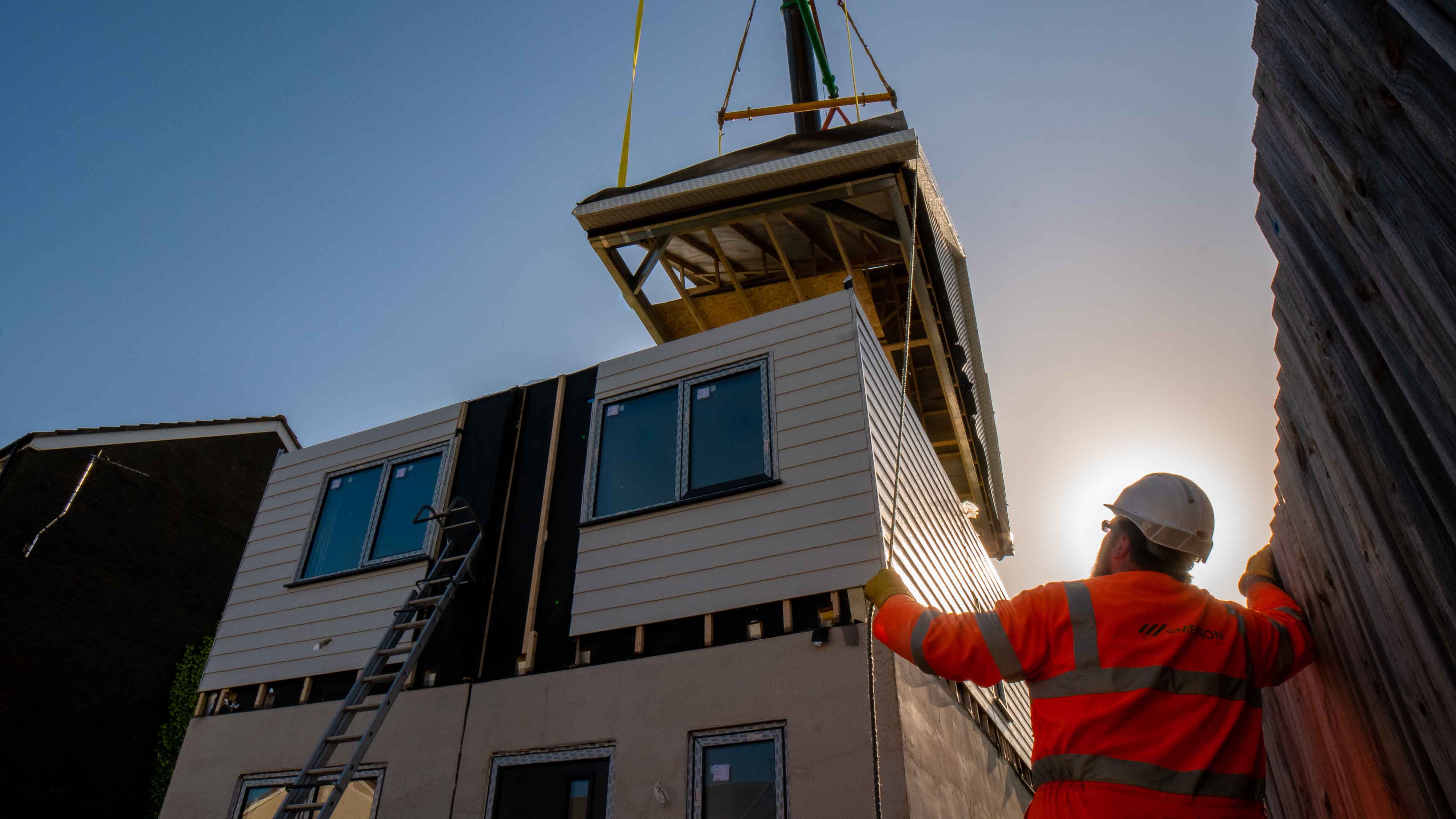7 Things to Consider When Replacing a Roof

Replacing a roof is one of the major home repairs that a homeowner has to deal with sooner or later – and it can quickly turn into a nightmare. For the sake of your mental health (and your bank balance as well), be sure to invest in the best materials and work with professional roof contractors who will instal your tiles properly. Also, keep in mind these seven important factors when replacing a roof.
1. The Roof’s Age
When it comes to repairing or replacing your roof, most homeowners postpone complete re-roofing and opt for small repairs instead. This approach can buy you time but doesn’t solve the problem in the long run.
If you don’t know whether you need a new roof or can still replace a tile or two without putting your property at risk, your roof’s age can be an essential clue to help you make a decision. Asphalt tiles, for example, can last anywhere between 12 and 25 years. Clay or stone tiles usually last around 50 to 60 years, whereas a well-maintained metal roof can reach a 100-year lifespan.
Depending on the type of materials used to cover your home, you should be able to tell how much time you can wait before replacing your roof.
2) Existing Problems
Niggling issues such as leaking or broken tiles are crucial things to consider when replacing a roof. When roof contractors change your old tiles, make sure they identify all existing issues and carry out a complete checkup to identify any possible damage.
If you don’t catch leaks in time, they can cause more than stained walls and ceilings. Excessive humidity can damage insulation and even lead to structural problems. You don’t want to build a new roof before making sure everything underneath is in excellent shape.
3) The New Roof Tiles
Material choice and quality have changed since you last instaled a roof, so you should analyse your options before deciding on the best roof tiles to cover your home. Selecting the right tiles can influence the aesthetics of your home as well as the roof’s lifespan.
While prices are important, be sure to consider all the pros and cons of every material besides the costs. For instance, asphalt tiles cost less than clay or metal. But they’re heavy, take time to instal, and you’ll have to change the roof a lot sooner than if you opt for more resistant materials.
4) The Right Contractor
As a rule of thumb, you should go for a contractor recommended by the company you buy the tiles from. Metrotile, for example, can recommend contractors that are familiar with our lightweight roofing solutions.
Approved installers have performed hundreds or even thousands of instalments. They know the materials well and how to manoeuvre and position the tiles correctly. They usually work closely with providers, too, so they can guarantee excellent results.
Make sure you ask for a workmanship warranty, besides the manufacturer warranty. This way, you have the instalment covered as well, not just the materials used for the roof.
5) Speed of Installation
Another thing to consider when replacing a roof is how long it takes for things to get back to normal around your house. Having people walking around on your roof scraping and hammering can be uncomfortable not only for you but also for your neighbours.
Shingles made of clay or stone take more time to instal than metal tiles because they’re heavy and difficult to move around. On the other hand, metal tiles are light and usually take no more than one or two days to instal.
6) Roof Maintenance
When choosing the right roof for your home, make sure you don’t forget about maintenance. All roofs require light work that prevents damages and prolongs the life of the tiles. And some materials demand more attention than others.
Discuss all the details about maintenance with the seller to understand the amount of work you’ll have to put into keeping your roof in good shape. This way, you’ll know what to expect from the start and can make an educated buying decision.
7) Time of Year
Spring and Summer are the best seasons for replacing a roof. The weather is warmer and allows contractors to work with minimum interruptions. Autumn is the season when most homeowners decide to carry out this major intervention, though, so expect longer waiting times if you haven’t scheduled the installation.
In case of an emergency, you can also replace a roof in Winter, but it isn’t the best time of the year for working on your home.
Your roof is the key element that protects your property and everything inside it. These seven things to consider when replacing it can help you make decisions that increase the value of your home and ensure a smooth fitting. Take some extra time to figure out how you want things done to make sure you get the best value for money.
